As one of the pillar industries of fast-moving consumer goods, cosmetics have become increasingly recognized and aware by consumers. Consumers are no longer blindly following the trend, and have higher requirements for the visual effect and touch of cosmetics; Subsequently, there have been stricter requirements for the materials and processes of cosmetic packaging materials.
Today we will talk about commonly used materials for cosmetic packaging.
The materials of plastic bottles for cosmetics generally include PET plastic, PP plastic, and PETG plastic. The majority of packaging containers for ordinary cosmetics and washing products are made of high-density polyethylene.
1. PP、PE
PP is polypropylene, PE is polyethylene, both of which belong to the polyolefin category of plastics and are also environmentally friendly materials. They can be used for food and tableware, with very little harm to human health. It can directly come into contact with cosmetics and food, and is the main material for packaging organic skincare products. The material is naturally white and semi transparent. According to different molecular structures, it can reach three different degrees of hardness and softness.
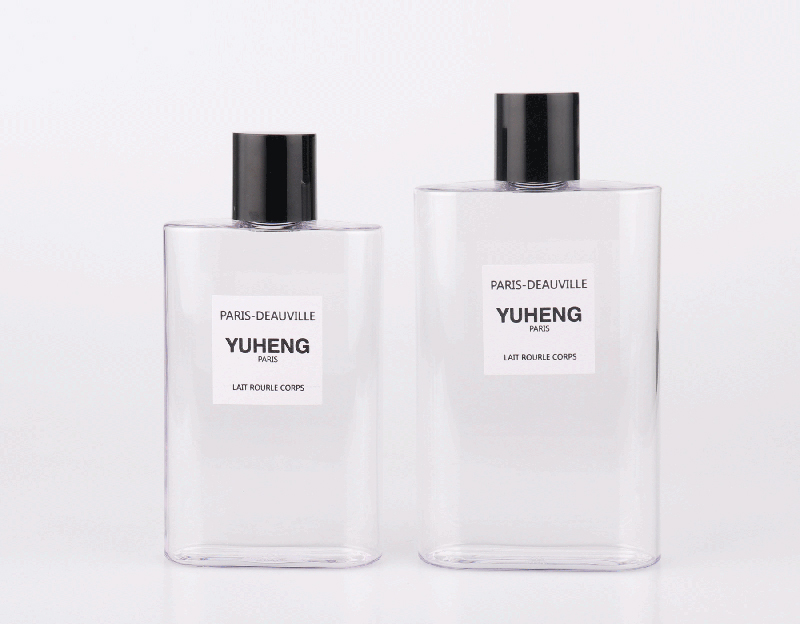
Due to the fact that transparent plastic bottle containers allow consumers to clearly see the contents, consumers have increasingly broad requirements for transparent PP plastic bottle containers, and transparent polypropylene is the main material to meet this requirement. The development of PP transparent packaging bottles has been a hot topic in plastic bottle packaging both domestically and internationally in recent years. Highly transparent polypropylene containers (PP plastic) have good transparency and glossiness, strong appreciation, and are quite popular.
2. PET
PET material is relatively soft, with the Chinese name polyethylene terephthalate, which is the first material on the international material identification number. Its main characteristics are high airtightness, good compressive strength, high water resistance, and transparency. Its transparency reaches 95%, which is higher than other commonly used plastic packaging containers, but it is not heat-resistant. PET is an environmentally friendly material that can come into direct contact with cosmetics and food. It is the main material for filling organic skincare products and is commonly used as a packaging material for food, beverage bottles, and makeup bottle bodies. It is also used as a packaging container for alcohol due to its high airtightness and no pores in the packaging container.
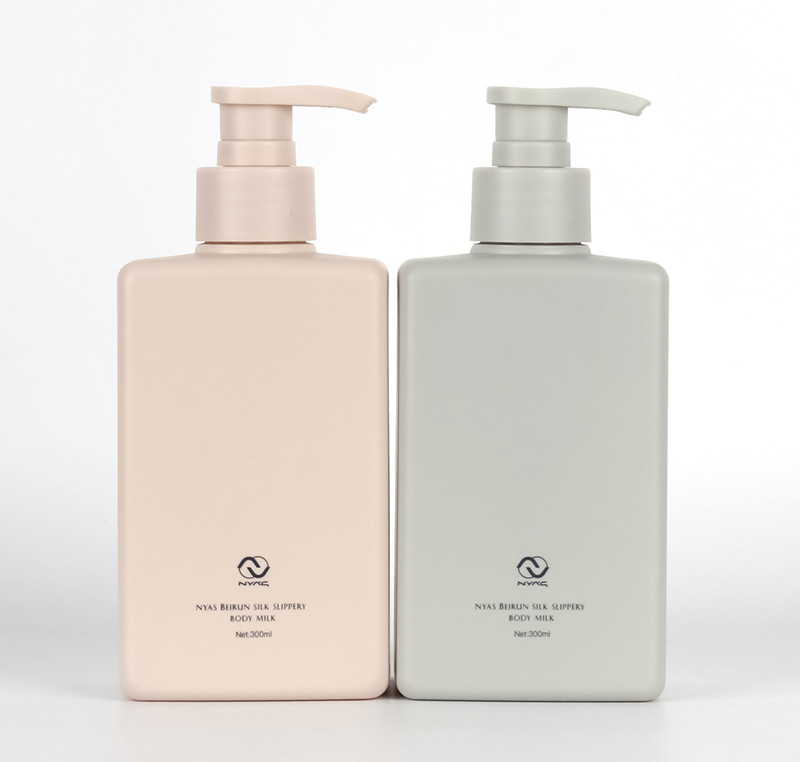
However, when PET is heat-resistant to 70 ℃ and prone to deformation, harmful substances will dissolve out of the body. Therefore, it should not be exposed to sunlight in the car. A post entitled "Know the Toxicity from the Bottom of Plastic Bottle, Ignorance Kills People" explained many taboos of various plastics in detail. It also said that a 12-year-old girl in the United Arab Emirates had cancer because she had used the same plastic mineral water bottle for 16 consecutive months. After 10 months of repeated use of this PET plastic bottle, it may release a carcinogen called DEHP.
DEHP "is a universal plasticizer in industry, mainly used for the processing of paints, dyes, and packaging materials. Professor Yuan Huilin from the Department of Materials Engineering at Beijing University of Chemical Technology told reporters that plastic products such as mineral water bottles that we use in our daily lives, as long as they are manufactured by legitimate manufacturers and tested to be qualified, will not contain this substance.
Consumers should try to avoid repeatedly using plastic utensils that are already aged and prone to spoilage. It is best not to reuse beverage bottles multiple times, otherwise bacteria may grow and there may be health hazards
3. HDPE
The Chinese name is high-density polyethylene, also known as high-density PE, which is the second material on the international material identification number. The general melting point of HDPE is 142 ℃, and the decomposition temperature is 300 ℃; The adjustable range of injection temperature is relatively large.
When injection molding, the general usage temperature is 180 ℃ -230 ℃; As it is an olefinic plastic, it does not absorb water and does not need to be dried during production. However, for the sake of product quality, it can be dried at 60 ℃ for 1 hour to discharge floating water.
Polyethylene has a high melt viscosity and a low flow length ratio, and thin-walled products may lack adhesive. Therefore, the gate and runner are relatively large; The product is prone to static electricity and the surface is easily absorbent. The shrinkage rate is 16 ‰, and the overflow value is 0.05mm.
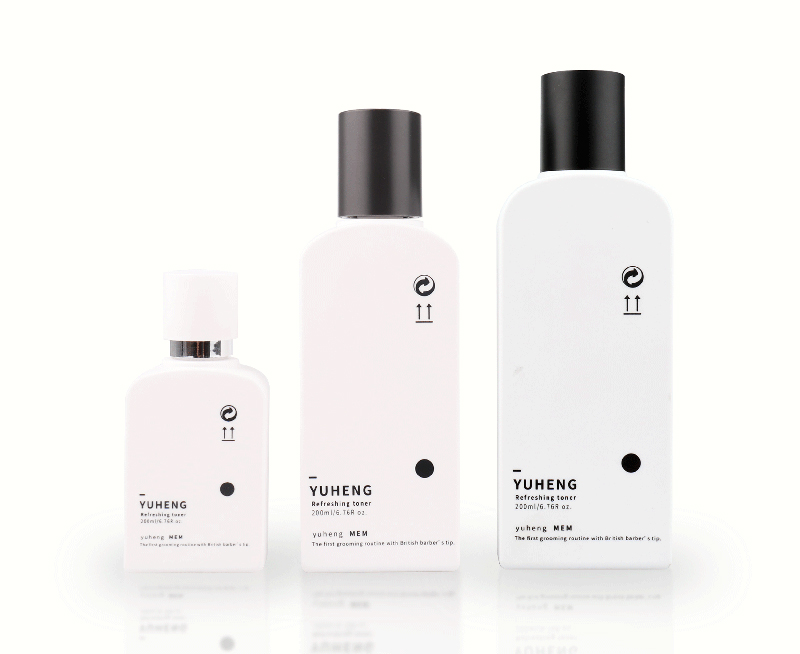
HDPE has good heat resistance and cold resistance, good chemical stability, high rigidity and toughness, and good mechanical strength. The dielectric performance and resistance to environmental stress cracking are also good.
The hardness, tensile strength, and creep resistance are better than those of low-density polyethylene; Wear resistance, electrical insulation, toughness, and cold resistance are all good, but slightly inferior to low density insulation; Good chemical stability, insoluble in any organic solvent at room temperature, and resistant to acid, alkali and various salts.
The film has low permeability to water vapor and air, and low water absorption; The aging resistance is poor, and the environmental cracking resistance is not as good as that of low-density polyethylene. Especially, thermal oxidation can cause its performance to decrease. Therefore, the resin needs to be added with antioxidants and ultraviolet absorbers to improve this deficiency.
The products processed with it are semi transparent and have fine pores when used as packaging containers. They are commonly used for packaging pharmaceutical bottles, cosmetic bottles, and other plastic products.
4. LDPE
The Chinese name is low-density polyethylene, also known as low-density polyethylene. It is the fourth material on the international material identification number because of its low molecular density, making it softer than HDPE. LDPE is non-toxic, odorless, and odorless, with a density of 0.910-0.940g/cm3. It is polymerized under high pressure of 100-300MPa using oxygen or organic peroxides as catalysts, also known as high-pressure polyethylene.
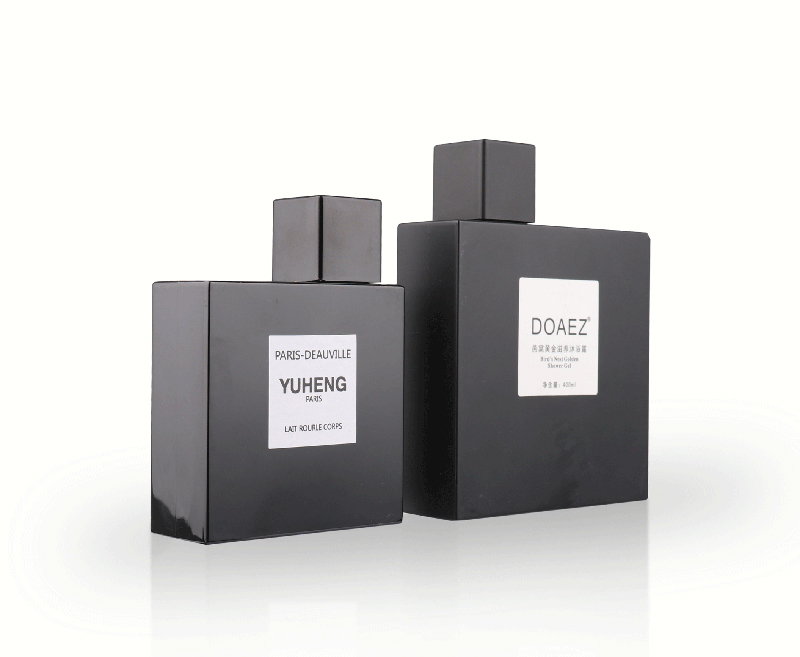
Low density polyethylene is the lightest variety among polyethylene resins. Compared with high-density polyethylene, its crystallinity (55%~65%) and softening point (90~100 ℃) are lower; Has good softness, elongation, transparency, cold resistance, and processability; Its chemical stability is good, and it can resist acid, alkali and salt aqueous solutions; Having good electrical insulation and breathability; Low water absorption; Easy to burn. It is soft, with good extensibility, electrical insulation, chemical stability, processing performance and low temperature resistance (- 70 ℃).
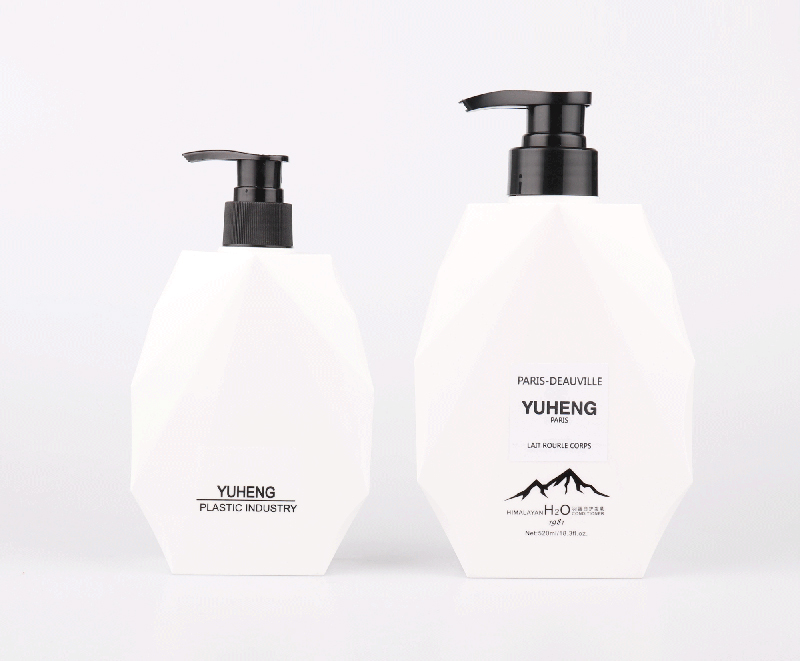
The disadvantage is its poor mechanical strength, moisture resistance, air resistance, and solvent resistance. The molecular structure is not regular enough, the crystallinity (55% - 65%) is low, and the crystallization melting point (108-126 ℃) is also low. Its mechanical strength is lower than that of high-density polyethylene, and its anti-seepage coefficient, heat resistance, and resistance to sunlight aging are poor. It is easy to age and decompose under sunlight or high temperature, leading to color change, resulting in a decrease in performance. Therefore, low-density polyethylene is added with antioxidants and ultraviolet absorbers to improve its shortcomings when making plastic rolls.
The products processed with this material are semi transparent, heat-resistant, and have fine pores, but it has good acid and alkali resistance. Containers made of this material are commonly used in chemical industries such as facial cleansers, glue bottles, cosmetic bottle hoses, etc.
5. PCTA
PCTA is a copolymer polyester plastic raw material. It has high transparency, excellent low-temperature toughness, high tear resistance, and good processing performance. It has excellent chemical resistance, can be electroplated, oil sprayed, and scratch resistant, with a density 16% lower than PC and a processing cost 40% lower than PC. It has excellent printing, coloring, and electroplating performance, with a toughness three times higher than transparent ABS. It is widely used in the dry board sheet material, high-performance shrink film, bottle and profile markets, and can be used to produce toys, household appliances, and medical supplies, It has passed the US FDA's food contact standards and can be applied to fields such as food, medicine, and cosmetic packaging. Complies with European RoHS environmental directives and is suitable for high-end cosmetic packaging.
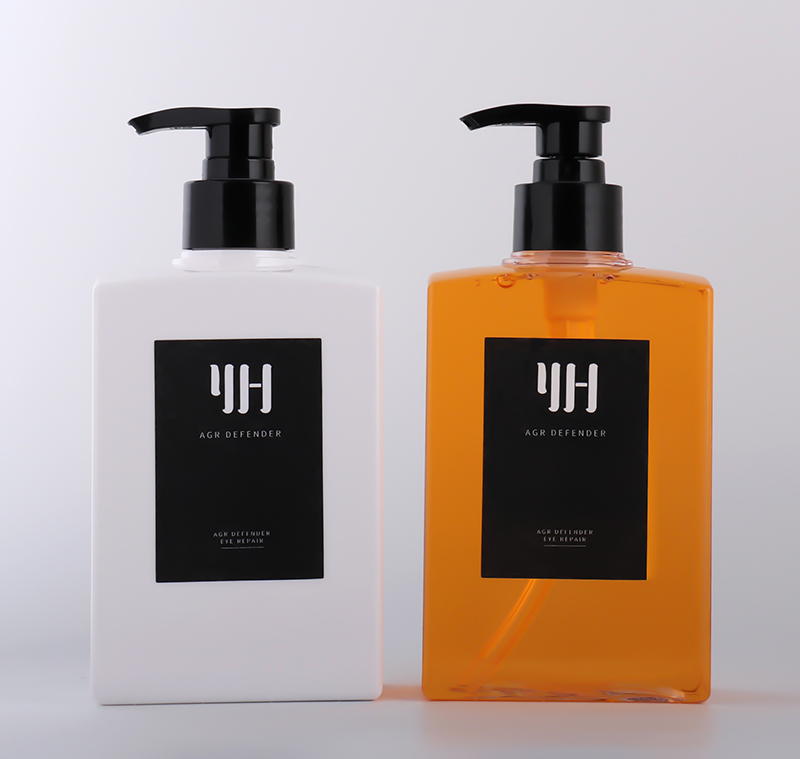
6. PCTG
PCTG, also known as polyethylene terephthalate-1, 4-cyclohexanedimethanol ester, is a transparent plastic produced by copolymerization of 1,4-cyclohexanedimethanol (CHDM) monomers. PCTG is a transparent plastic with glass like transparency and density close to glass. It has high glossiness, chemical corrosion resistance, impact resistance, and is easy to process. It can be injection molded, injection drawn blown, and extruded blown.
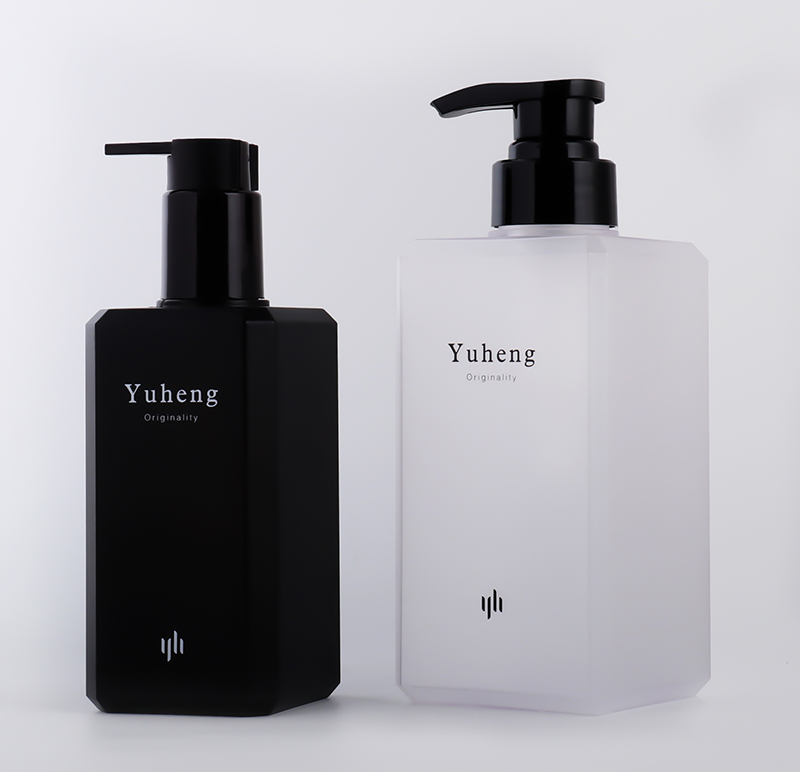
Through years of development, PCTG has been applied in household appliances and food utensils, with high market demand. It can also produce unique shapes, appearances, and special effects, such as bright colors, frosting, marble textures, metallic luster, etc. It can be used as a source of packaging materials such as perfume bottles and bottle caps, cosmetics bottles and bottle caps, lipstick tubes, cosmetic boxes, etc.
Due to its environmentally friendly and easy to process properties, PCTG is currently widely used in products such as baby bottles, outdoor sports kettles, and mixers in the European and American markets.
7. ABS
ABS is a universal thermoplastic engineering plastic developed in the 1940s. It is a plastic variety with excellent comprehensive mechanical properties. It not only has good rigidity, hardness, and processing flowability, but also has high toughness characteristics, which can be injection molded, extruded, or thermoformed.
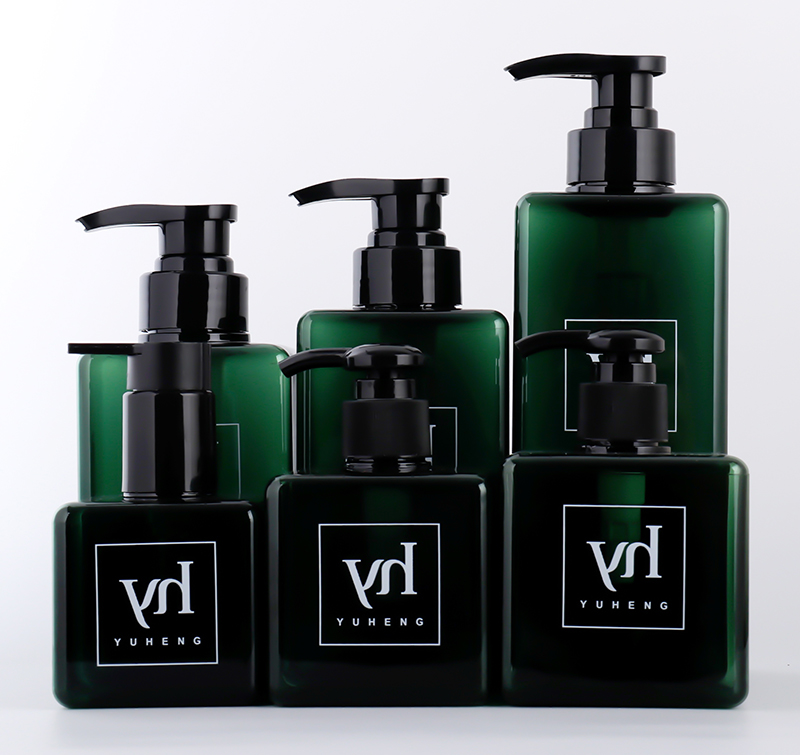
Most automotive components are processed using injection molding methods. The advantages of ABS resin are impact resistance, sound insulation, scratch resistance, better heat resistance, and more beautiful than PP, especially in parts with strict lateral impact resistance and usage temperature. ABS resin is the third largest resin used in automobiles, second only to polyurethane and polypropylene. ABS resin can be used for small components such as car interior and exterior casings, steering wheel, oil ducts, handles, and buttons, as well as exterior components such as front radiator grilles and lampshades.
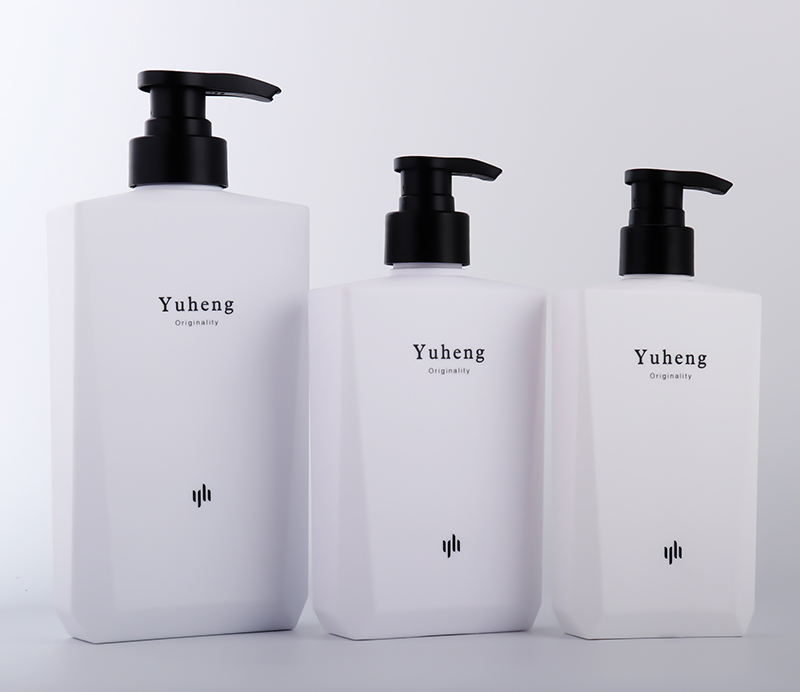
ABS is not environmentally friendly, with a yellow or milky white color and high hardness. It cannot directly come into contact with cosmetics or food. It is generally used as a material for making inner covers and shoulder covers in cosmetics packaging materials.
Although inner packaging materials can help maintain the stability and active ingredients of cosmetics, consumers need to follow the instructions to store the product after purchasing it in order to further extend its lifespan. For cosmetics with special needs, such as avoiding direct sunlight and placing them in a dry place, these precautions will be marked on the outer packaging.




